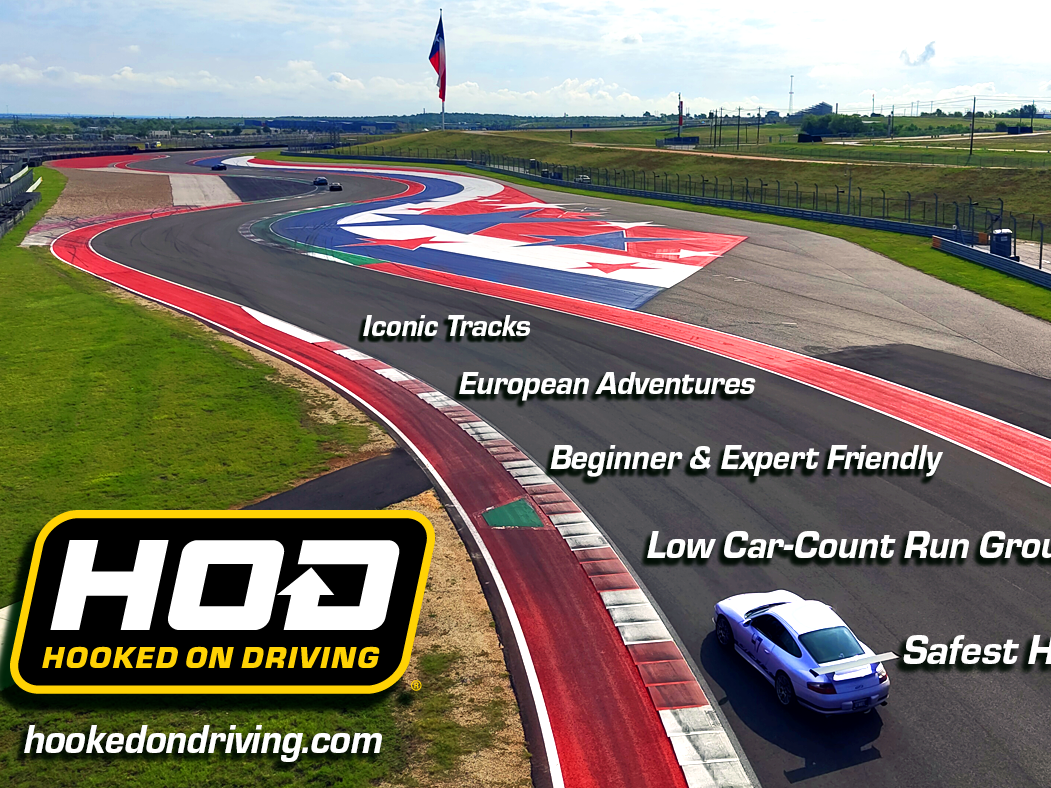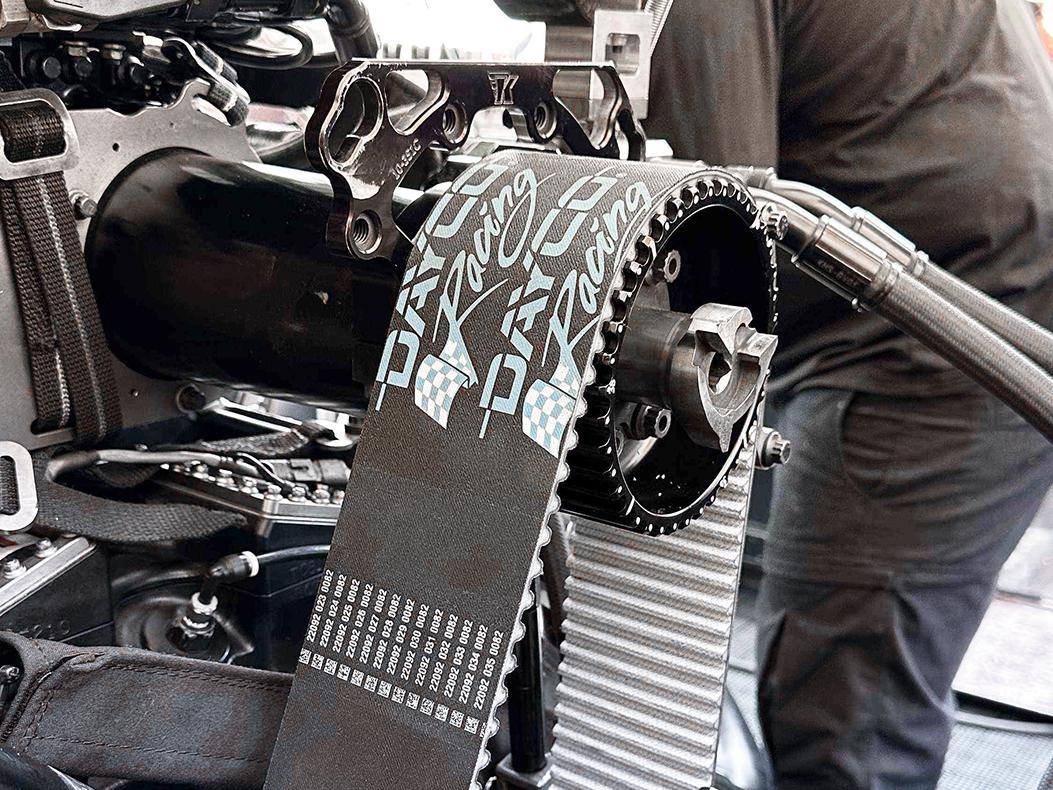Trickle-Down Tech—CFD ISN'T JUST FOR THE BIG BOYS ANYMORE
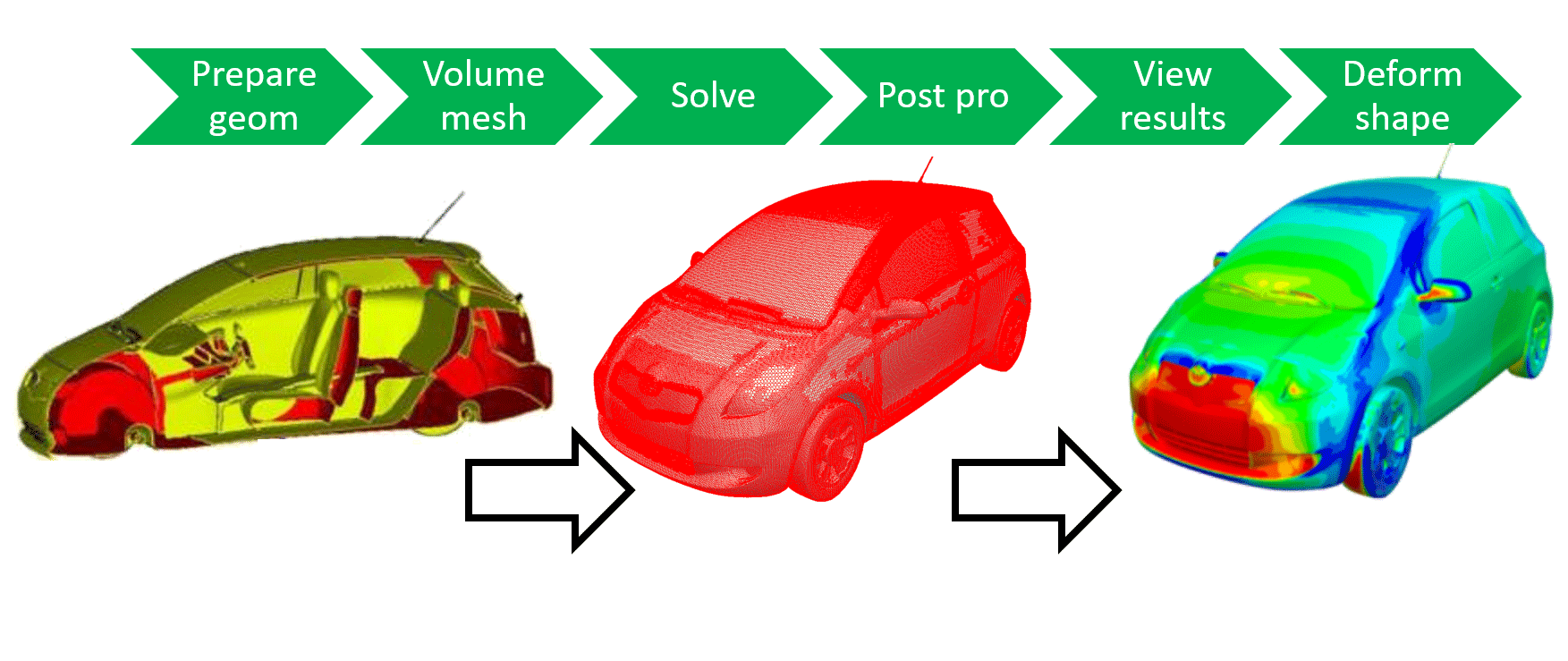
TotalSim on the emerging democratization and unbeatable value of CFD technology for racing enthusiasts at all levels.
For the last 30 years, top-level motorsports teams have had sure access to the cutting-edge technologies of a given era. With ample budgets and armies of engineers, these high-fliers have taken advantage of new technology as it becomes available—whether it be full-scale wind tunnel testing, CAD, scale-model testing, or more recently, virtual wind tunnel testing using CFD.
But motorsports has always ridden on a populist edge, the great joy of it being that there is a place—and a race—in it for everyone from the driveway hobbyist to the elite racing team. And as is the case with so much of the technology that we use today, what started as something only attainable by the upper echelons has now reached a scale of efficiency and affordability that can be accessed by gearheads up and down the chain.
What Is CFD?
Computational fluid dynamics (CFD) is the use of applied mathematics, physics, and computational software to visualize how a gas or liquid flows as well as how the gas or liquid affects the object it flows past. In the most basic sense, CFD is essentially a digital wind tunnel that uses 3D computer modeling instead of (or prior to) physical modeling and testing. In the rapid-fire world of racing and motorsports, CFD has become an invaluable tool to drive product development, troubleshoot issues, study, and optimize new designs and concepts, and map performance.
CFD is heavily used across many disciplines with motorsports being a leading proponent, thanks to the technology’s usefulness in quickly analyzing, optimizing, and ultimately getting a leg up on the competition.
What Can CFD Do For You?
Data
First and foremost, CFD gives you data, specifically aero data. But unlike the concrete data derived from a track run or full-scale wind tunnel test on a physical model, CFD data holds the promise of “what could be.” Digital modeling and simulation allow for the input of real-world variables or potential variables to create finely tuned maps of a vehicle that can be used to understand how the vehicle will perform under myriad scenarios and/or with various modifications.
Optimization
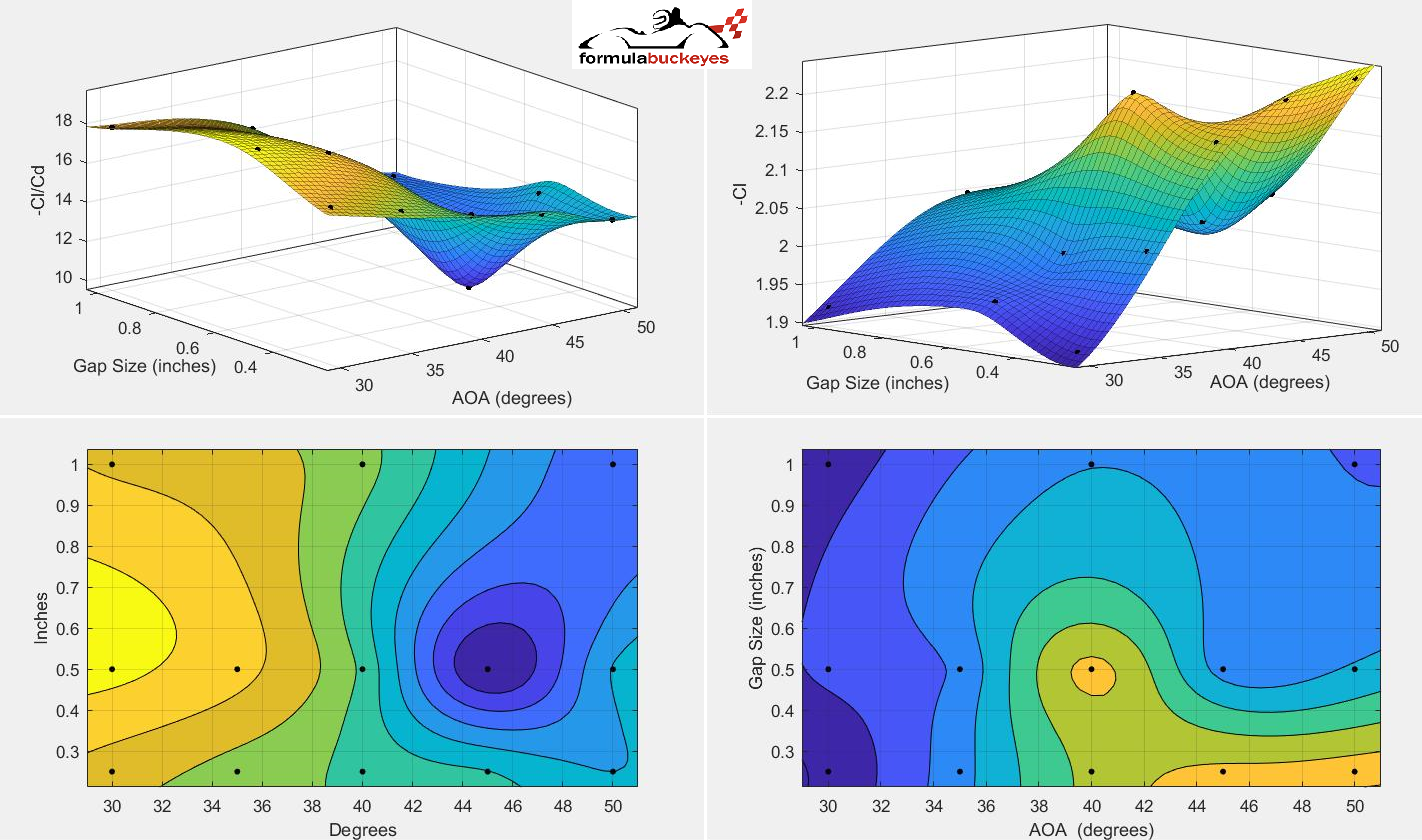
This repeatable, malleable data allows you to not only understand your car in an unprecedented way, but gives you the flexibility to then take what you have and optimize it. It does not always have to be about designing something new, or trying to design your way out of problems on the track. Sometimes optimizing what you have can move you to the front of the grid or up the grid substantially.
The aero maps provided by CFD can help you understand the aerodynamic performance of your current car and make decisions about things like:
- Improvements that can be made and what the tradeoffs may be
- L/D curves for a specific track–increased performance and lower lap time
- Trade off L/D–likely on per track basis: SC, RC, HDF Oval, Speedway
- Ride height / Rear wing maps
- Down Force
- Drag
- Center of Pressure
- Internal Flow/Cooling
- Thermal Performance
What Extras Can CFD Do?

Flow visualization. You can see what is going on, cut through the fluid, color it, and look at the flow on the surface. And once again, optimization is a big plus. You can try many, many more things in the digital world that cost a lot less than building prototypes and going to the racetrack. The aero maps developed by CFD can cover a much larger range than on-track or wind tunnel testing.
Then there are the things you cannot test for in the real world–especially in a full-scale wind tunnel. For example, the high yaw angles of certain vehicles are impossible to test in a wind tunnel, but easy enough using CFD. CFD can also run models to test the effects of traffic and interaction between cars, as well as curved flow.
How Can TotalSim Help You?
Our CFD tools help you understand and visualize performance data that may have only been previously available in a wind tunnel, or was otherwise too cost-prohibitive to physically test and iterate. Many of our clients now go directly from CFD to track testing, removing the need for expensive wind tunnel testing.
From large-scale projects for performance racing teams; to engagements with small teams and driven hobbyists; to reverse engineering and DIY training/support (and everything in between), TotalSim’s automated workflows, accurate data, and repeatable results bring top-level technology to all levels of racing.
Our Experience
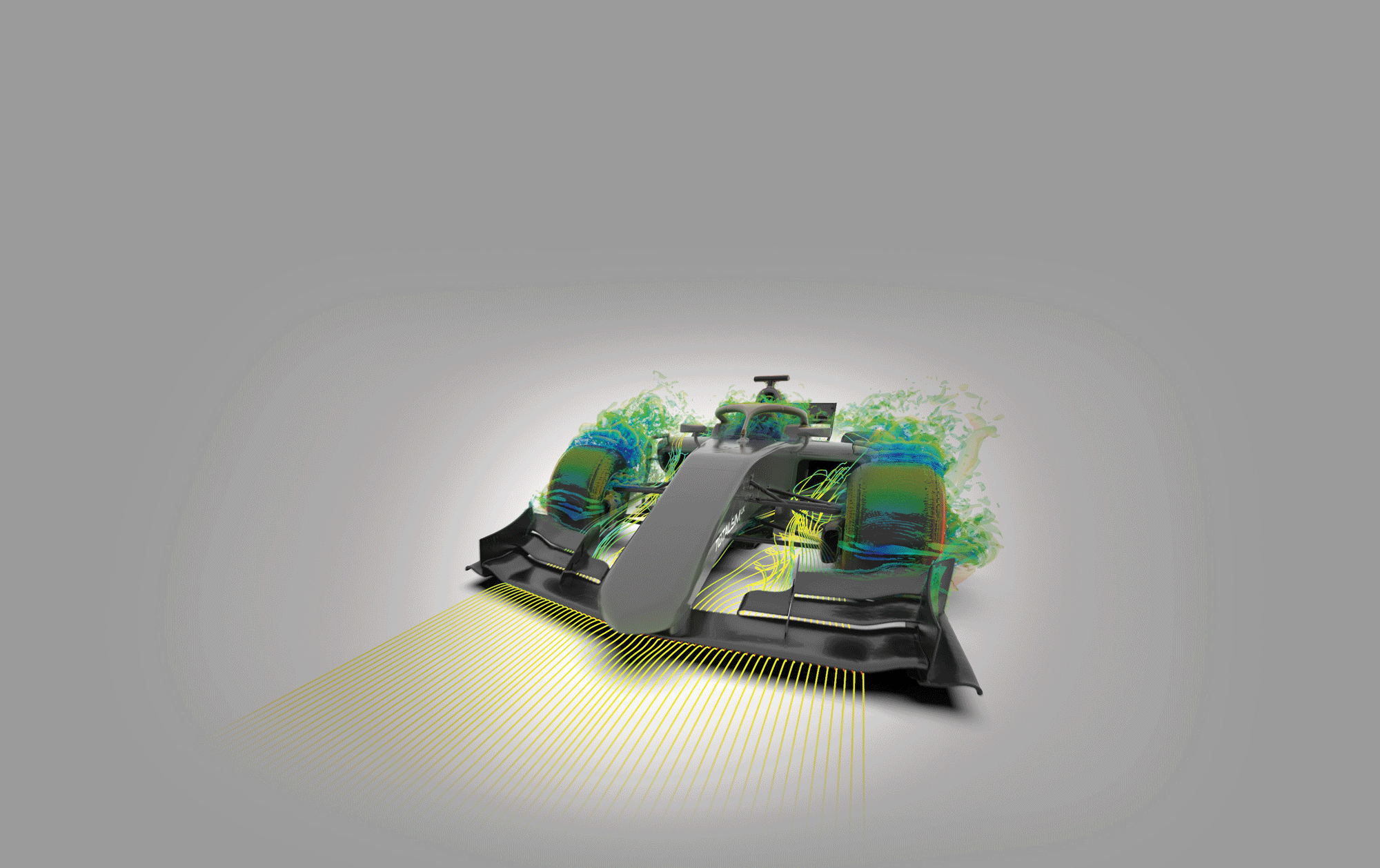
Our decades of experience in applying digital engineering and CFD to the world of motorsports (and beyond) enable TotalSim to service projects of all sizes with the accuracy, efficiency, and creativity that is born of deep expertise and genuine passion.
TotalSim has designed and developed race cars in nearly all racing categories. Our applied expertise spans from Formula 1 cars to Le Mans prototypes. We have led numerous development programs from conceptual design to full production road and race cars.
Ray Leto, President, brings more than 30 years of experience in race engineering, aerodynamics, simulation and management, and tens of thousands of hours of wind tunnel and track testing to TotalSim. He is particularly well-versed in the integration of computer modeling and simulation with physical testing and design, having pioneered much of this approach during his long tenure with Champ Car/IndyCar throughout the 1990s-2000s.
Naethan Eagles, Technical Director, offers clients a rare combination of advanced modeling skills and practical experience. Prior to joining TotalSim, Naethan’s 25 years of experience included launching the CFD Department for the BMW-Williams F1 Team, as well as holding aerodynamics R&D roles at Advantage-CFD and Rolls-Royce.
Find out how TotalSim can help you understand your vehicle’s aerodynamics to improve performance and move up the grid.
614.255.7426 | info@totalsim.com | www.totalsim.com
 MEMBERSHIP LOGIN
MEMBERSHIP LOGIN JOIN PRI
JOIN PRI
